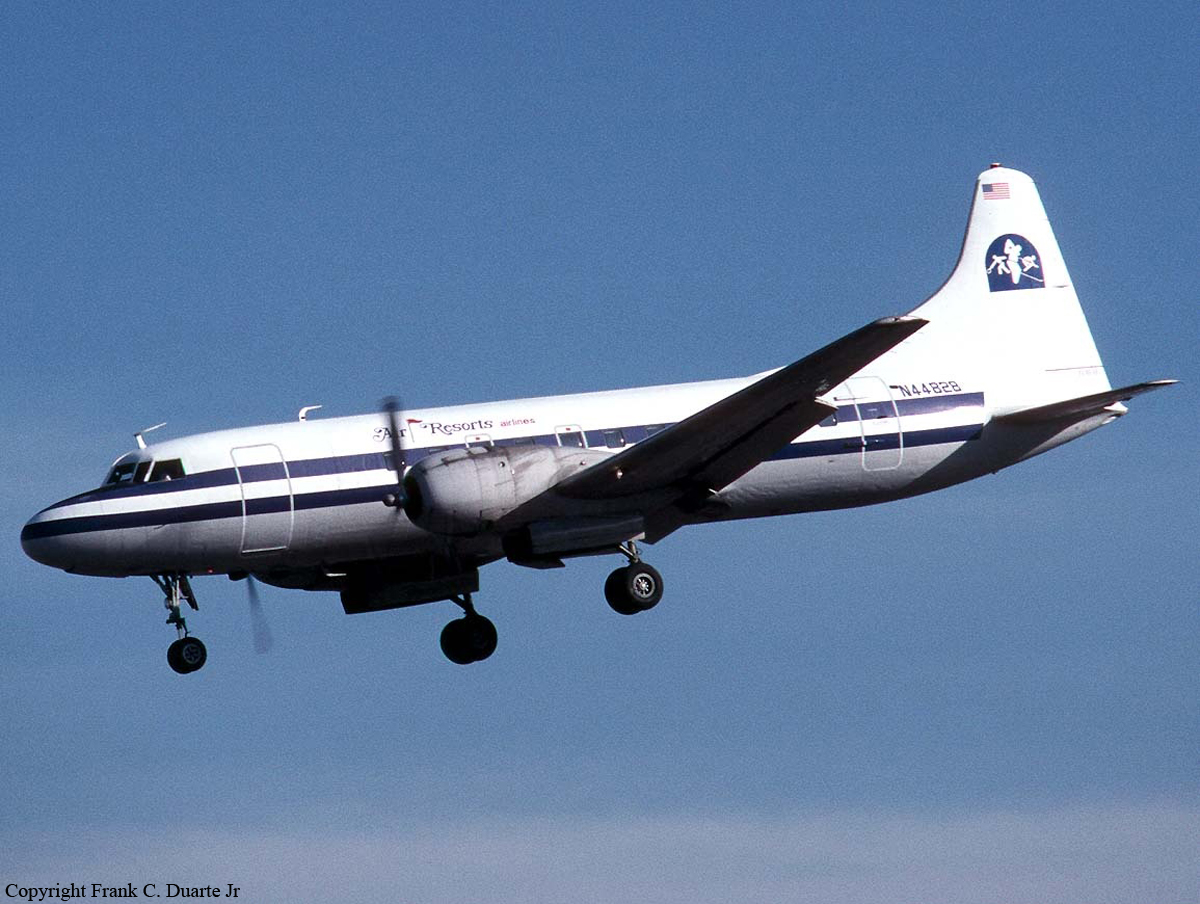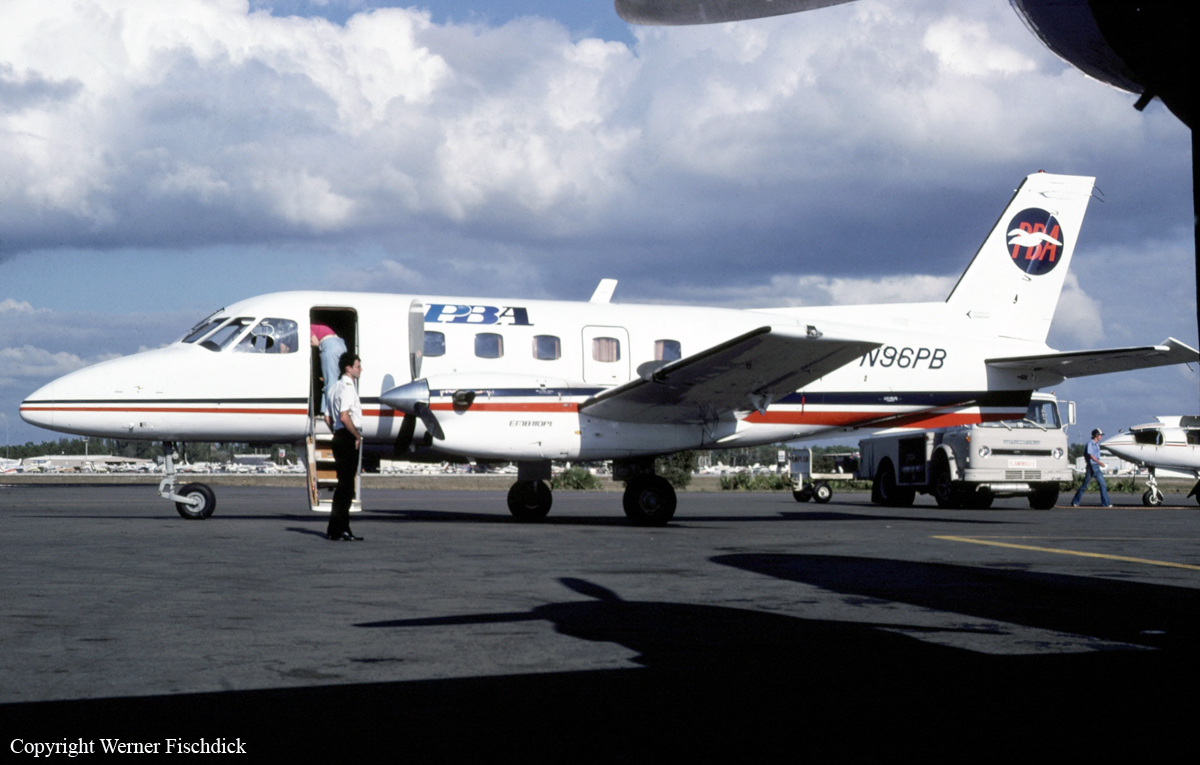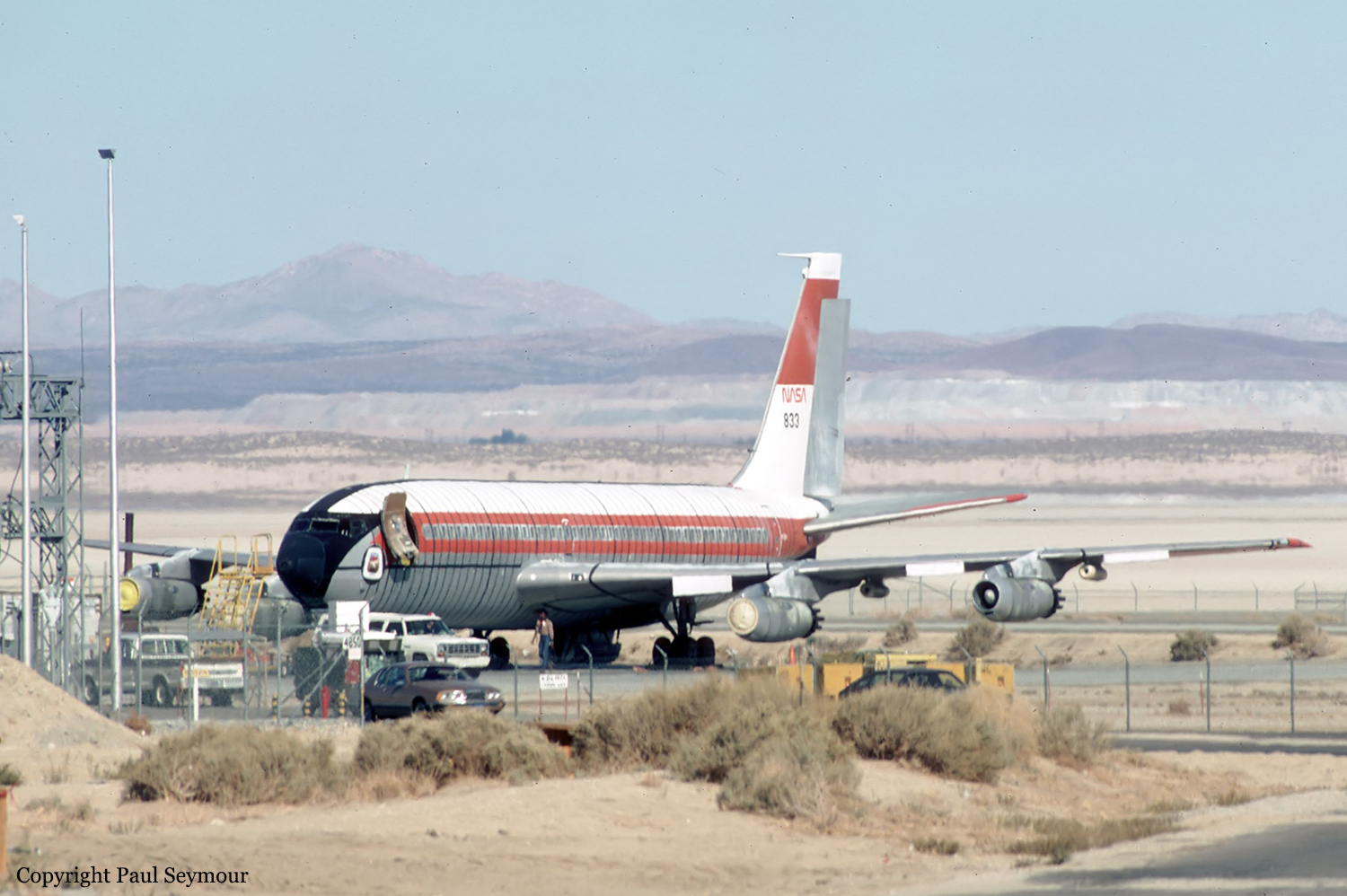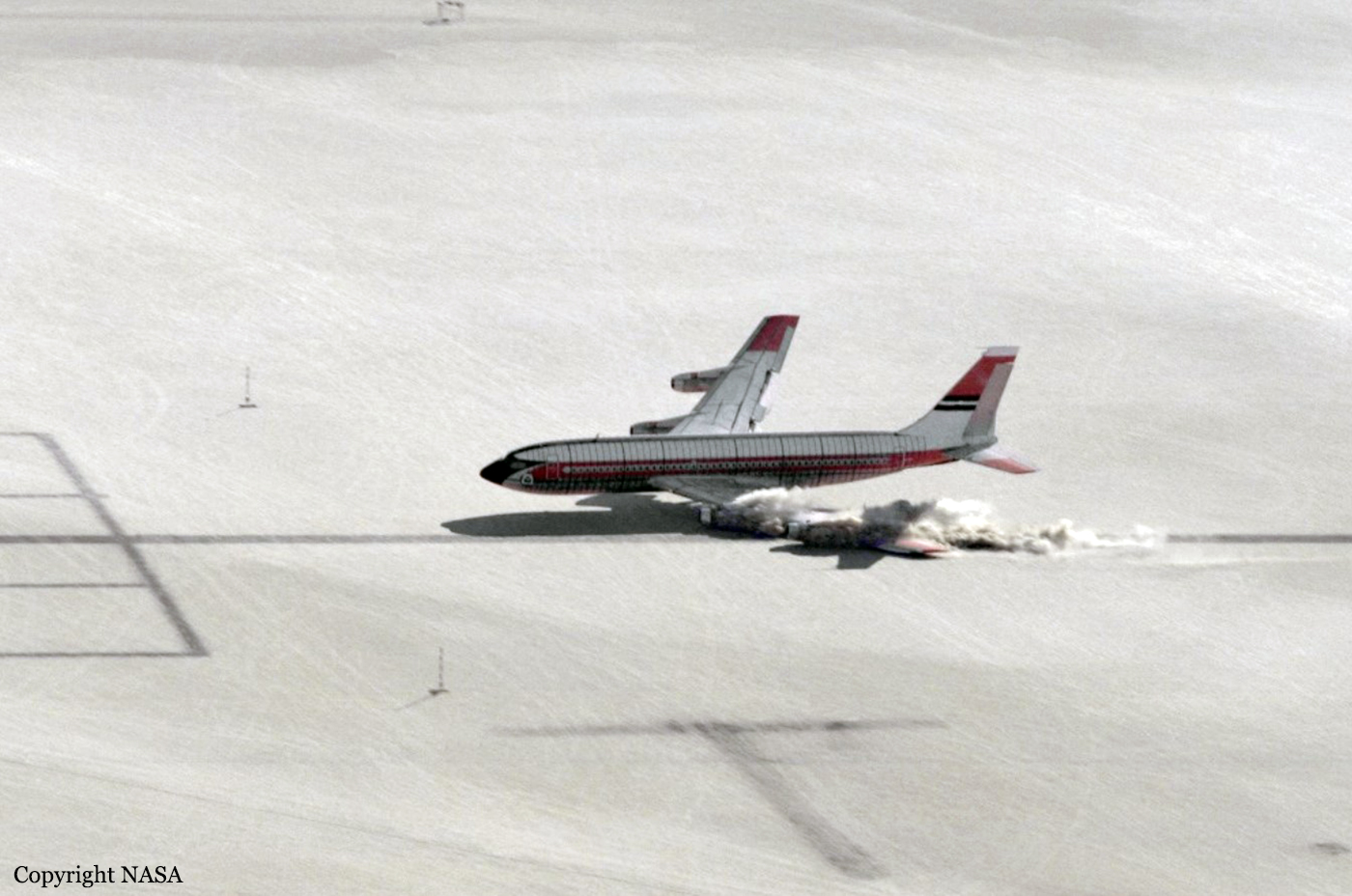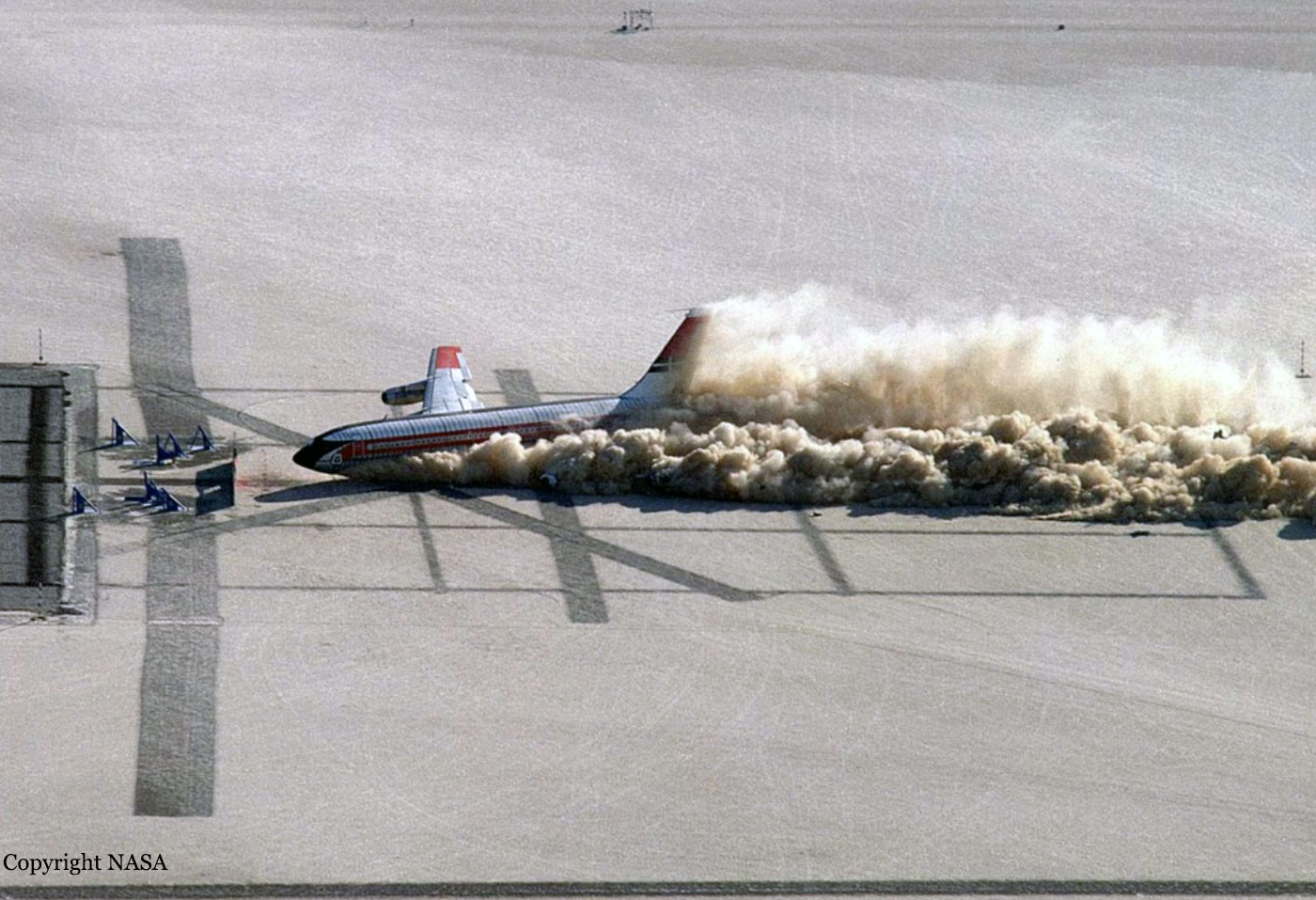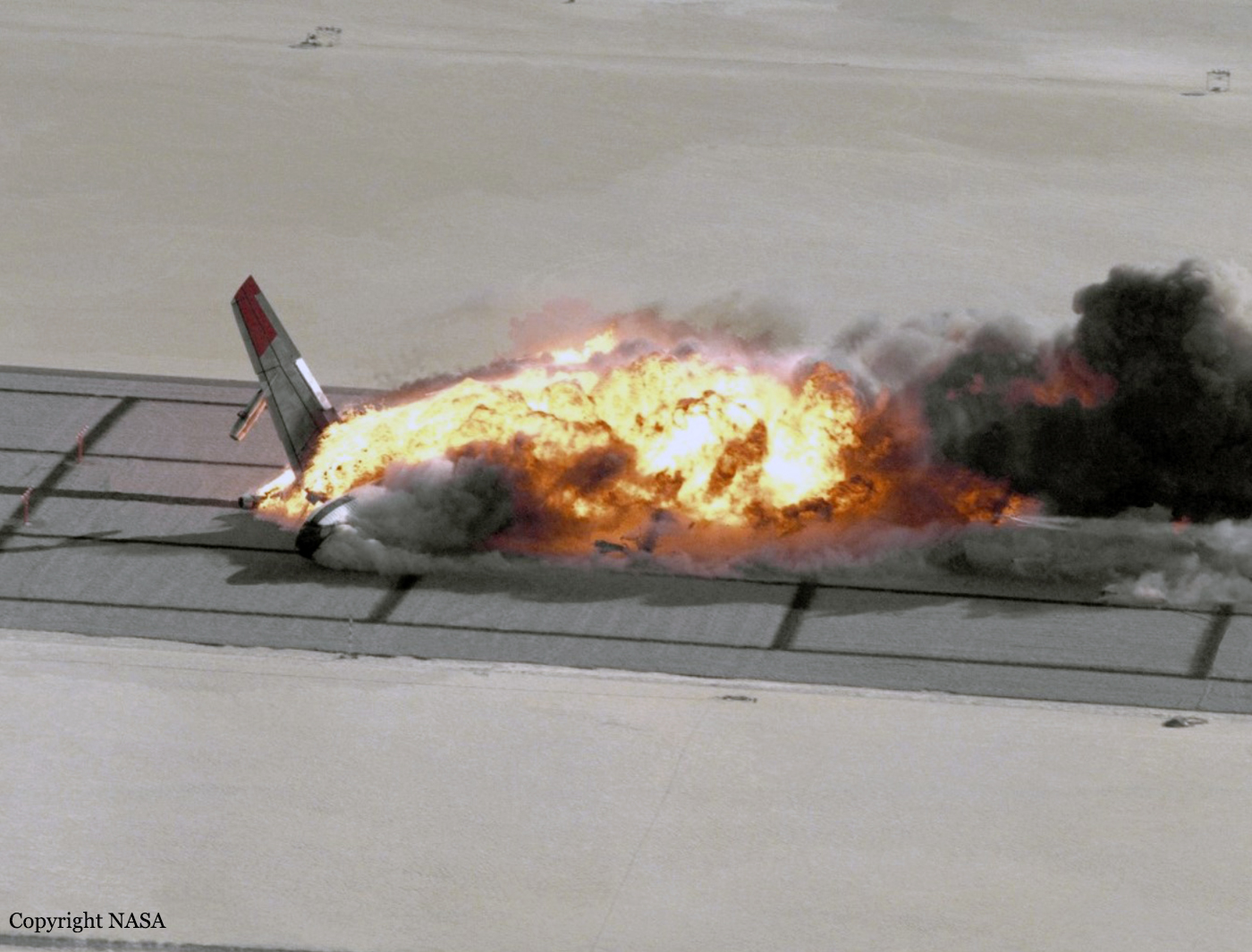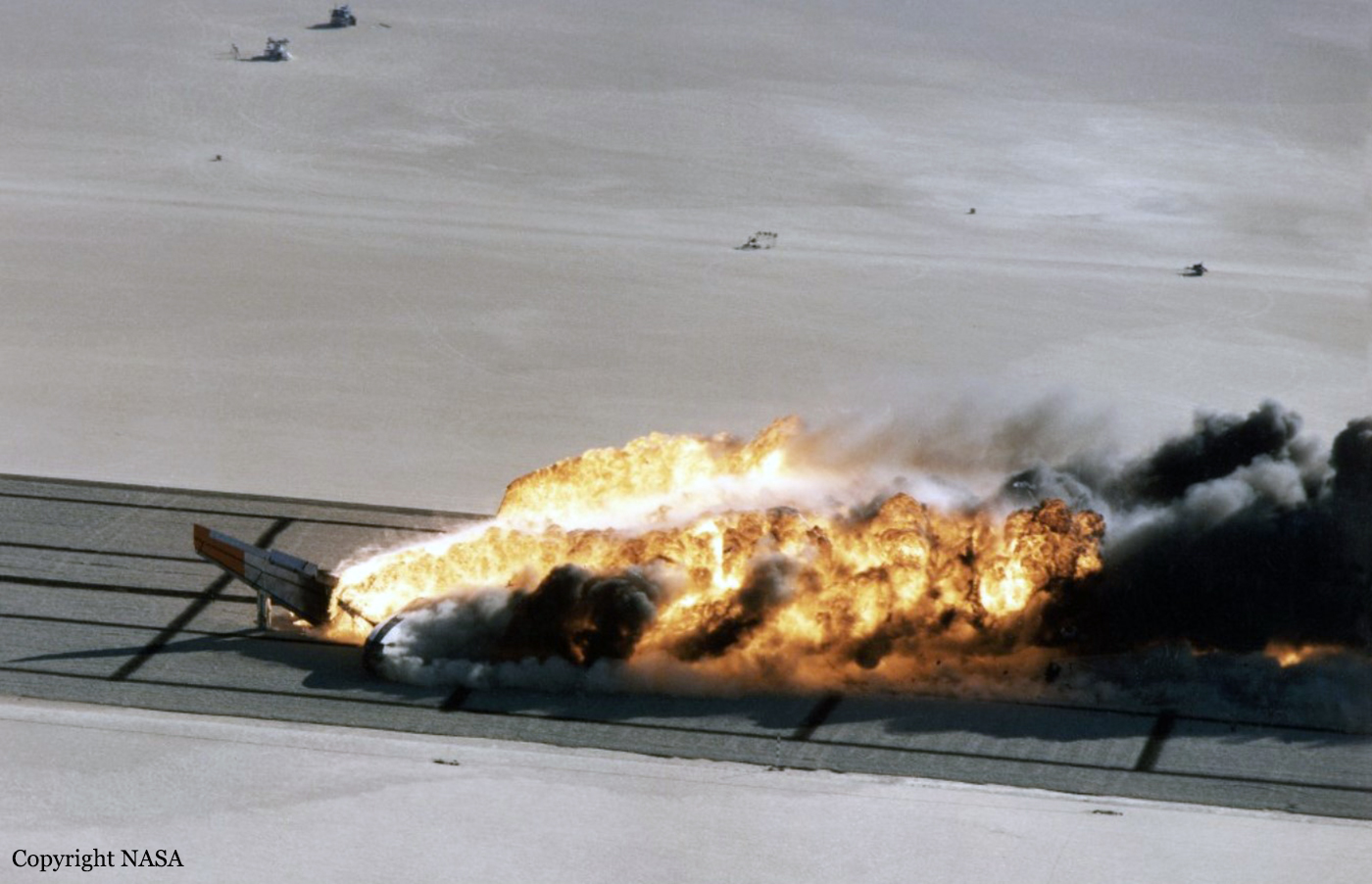Crash of a Convair CV-440-62 Metropolitan in Jasper
Date & Time:
Dec 16, 1984 at 1230 LT
Registration:
N44828
Survivors:
Yes
Schedule:
Birmingham - Oxford
MSN:
468
YOM:
1958
Flight number:
UZ953
Crew on board:
5
Crew fatalities:
Pax on board:
34
Pax fatalities:
Other fatalities:
Total fatalities:
0
Circumstances:
Shortly after climbing and leveling at 6,000 feet, the right engine bmep gage indicated a rapid power loss and the right engine rpm 'increased out of control' to about 3,100 rpm. The aircrew retarded the right throttle and reduced the right engine to 2,100 rpm by using the prop increase/decrease toggle switch. The aircrew were unable to feather the right propeller or maintain altitude, so they diverted to the nearest airport (Walker County). While turning downwind for runway 09, the right engine fire indicator activated and the copilot confirmed a fire. Both fire bottles were discharged and the right propeller stopped rotating. Injection water for the left engine was exhausted and the left engine began backfiring. The captain then maneuvered and landed on runway 27. After touchdown, the right main tires failed, the aircraft veered off the right side of the runway and hit a ditch and the gear collapsed. An exam revealed the #6 cylinder link rod and/or piston in the right engine had failed, resulting in further damage to the engine and #6 cylinder. Subsequently, fire and heat caused the right engine to seize and also damaged the right main tires which failed at touchdown. All 39 occupants were evacuated, among them two passengers were seriously injured.
Probable cause:
Occurrence #1: loss of engine power
Phase of operation: cruise
Findings
1. (f) engine assembly, connecting rod - failure, total
2. (f) engine assembly, piston - failure, total
3. (c) engine assembly - failure, total
4. (f) propeller feathering - not possible
----------
Occurrence #2: fire
Phase of operation: cruise
Findings
5. (c) engine assembly - fire
6. Fire extinguishing equipment - selected
7. (f) landing gear, tire - overtemperature
----------
Occurrence #3: forced landing
Phase of operation: landing
Findings
8. Fluid, adi fluid - exhaustion
----------
Occurrence #4: loss of control - on ground/water
Phase of operation: landing - roll
Findings
9. (c) landing gear, tire - failure, total
10. (f) directional control - not possible
11. (f) ground loop/swerve - uncontrolled
----------
Occurrence #5: on ground/water encounter with terrain/water
Phase of operation: landing - roll
Findings
12. (f) terrain condition - ditch
13. Landing gear - overload
Phase of operation: cruise
Findings
1. (f) engine assembly, connecting rod - failure, total
2. (f) engine assembly, piston - failure, total
3. (c) engine assembly - failure, total
4. (f) propeller feathering - not possible
----------
Occurrence #2: fire
Phase of operation: cruise
Findings
5. (c) engine assembly - fire
6. Fire extinguishing equipment - selected
7. (f) landing gear, tire - overtemperature
----------
Occurrence #3: forced landing
Phase of operation: landing
Findings
8. Fluid, adi fluid - exhaustion
----------
Occurrence #4: loss of control - on ground/water
Phase of operation: landing - roll
Findings
9. (c) landing gear, tire - failure, total
10. (f) directional control - not possible
11. (f) ground loop/swerve - uncontrolled
----------
Occurrence #5: on ground/water encounter with terrain/water
Phase of operation: landing - roll
Findings
12. (f) terrain condition - ditch
13. Landing gear - overload
Final Report:
